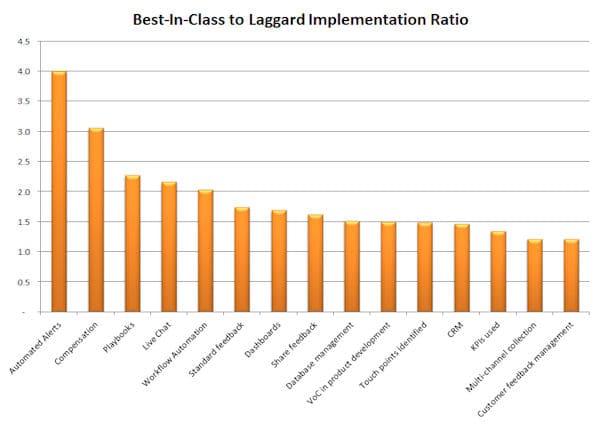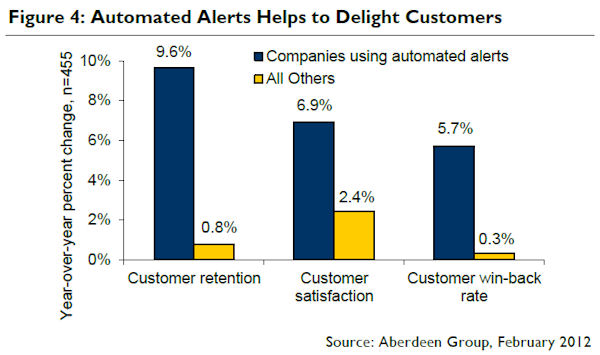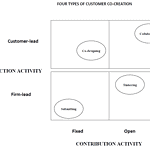Meta-analysis of a new Aberdeen report provides important insights into the most important customer feedback management differences between successful companies and unsuccessful companies. What is really interesting is that the drivers of success are less about collecting customer feedback and more about what you do with it.
The April 2012 Aberdeen report “Customer Feedback Management” investigates the business attributes of successful (Best-In-Class) and unsuccessful (Laggards) companies to identify those that are most important. While their key conclusions include the need for laggards to include customer feedback into business decisions (well of course!) and listening to customer via social media (social media will solve all our problems…).
I disagree with their conclusions but a little meta-analysis of their results gives some very interesting insights.
In the typical Aberdeen report structure, they first identify successful and unsuccessful organisations by way of a range of factors.
The one that I think is most important in this context is Revenue growth. Best-In-Class companies achieved an average of 28% year on year revenue growth but laggards were at best flat.
They then examine how often the various business features are implemented in each class of company. My analysis looked for the biggest differences in what was being implemented for each company group. The logic being that if you look for the differences between the two groups you will identify what is key to success. If everyone uses KPI’s but some massively outperform others, KPI’s are not a key differentiator.

So here are the five most important VoC things that you should start doing right now, if you’re not already doing them.
1. Automated alerts to notify customer-facing functions of a poor customer experience
To you and me this is an automated service recovery processes for unhappy customers. When we implement best practice Net Promoter Score with our clients, we emphasize this process and in fact have a whole section of our implementation service dedicated to it’s design.
This works. It works to drive customer centric values for the organisation. It works to turn unhappy customers into devoted promoters. It works to drive up revenue.
The chart below, from the report, shows the impact of automated alerts on various element of customer delight.

2. Compensation and/or incentives for employee in customer facing functions are tied to achievement of VoC objectives
No surprises here.
Staff don’t listen to what you say, they watch your feet. If you tie incentives to average hold time or number of transactions per hour but not delivering on VoC objectives, they know what is really important.
If you really care about the VoC objectives you need to make sure that they are just as important in the compensation scheme as average hold time.
3. Playbooks to support employees streamline the management of VoC and address negative customer feedback
Tied to the first point, this is all about helping client facing staff to resolve customer issues quickly and efficiently. If you give them some guidance and approved approaches then they can be more efficient and effective in resolving customer issues.
4. Live Chat
Again, I suggest this is tied to a tight customer feedback and resolution loop. Having live chat available allows the organisation to collect and act on customer feedback quickly.
5. Workflow automation
In this case, workflow automation is about mapping and management of customer engagement processes. Here, the link may be about using tools to ensure that the ball does not get dropped at any point in process.
What about the rest?
The difference between Best-In-Class and Laggards for most of the rest of the company attributes is not as marked. Both use KPIs to measure the effectiveness of the VoC program at about the same rate and both have CRM technology at about the same level, etc.
I’m not saying that these items are not important. I am saying is that you have probably already implemented these technologies and processes so don’t look there for major improvements. Look at the major differences between Best-In-Class and Laggards for insights on how to improve.







